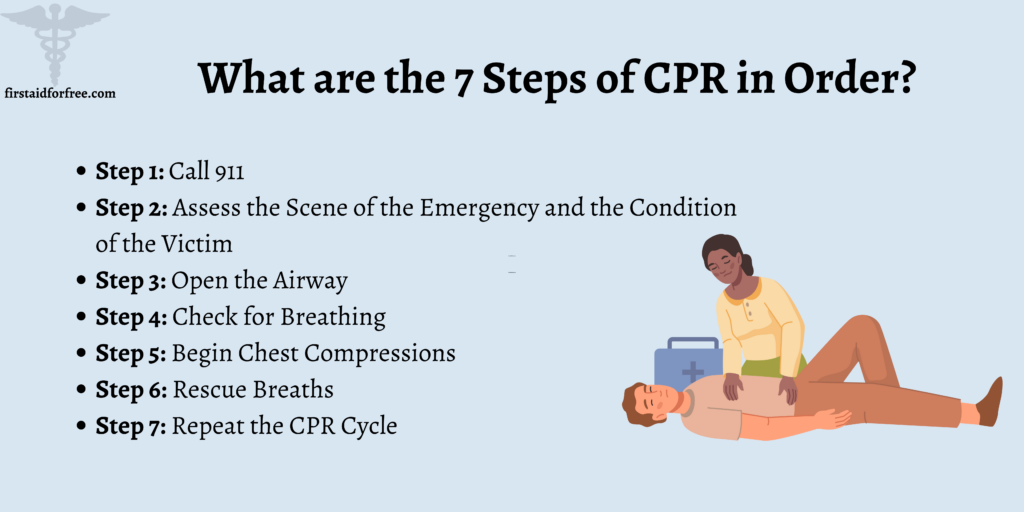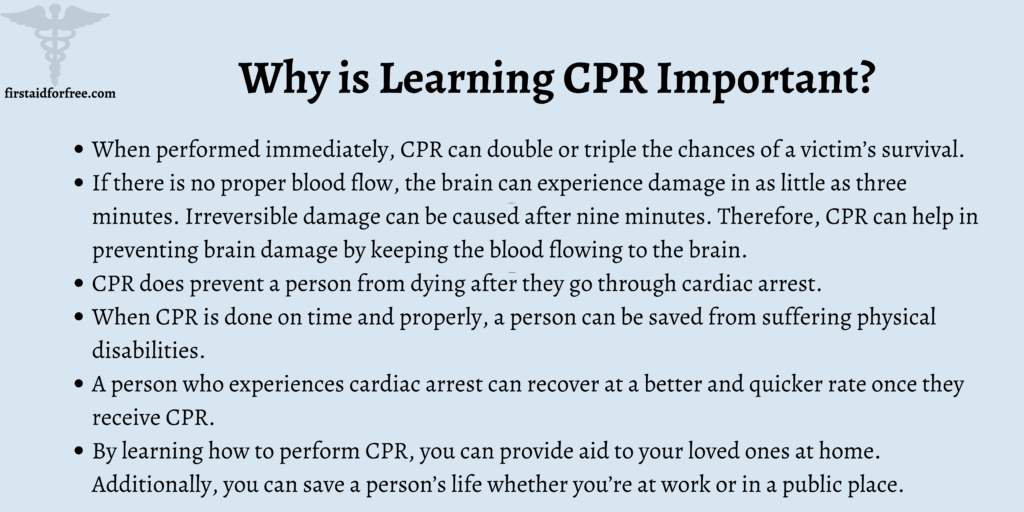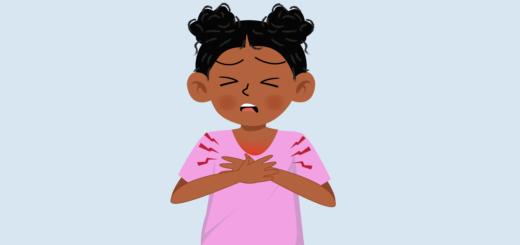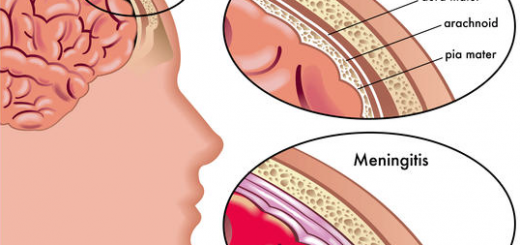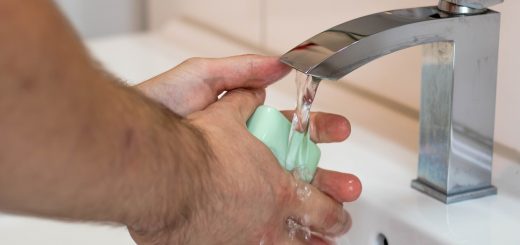What are the 7 Steps of CPR? Discover the Steps for Rescuing Lives
Did you know that more than 350,000 out-of-hospital cardiac arrests happen in the United States every single year? According to the American Heart Association, anywhere between 100,000 to 200,000 lives can be saved every year if CPR is performed as soon as possible.
Based on the instances I’ve witnessed myself and the numbers listed above, it is clear that knowing how to perform CPR can often be the difference between life and death. When performed immediately, CPR has the potential to double or triple the chances of survival for a victim experiencing cardiac arrest.
Have you always wanted to learn CPR? If so, then keep reading because we will be listing out the seven steps of CPR in this article while also discussing why it’s so crucial to learn CPR.
What are the 7 Steps of CPR in Order?
The following are the seven steps of CPR:
Step 1: Call 911
- Before starting with CPR, it’s important to call 911.
- You can either place the call yourself or request a bystander to make the call.
- The intention of CPR is to keep a person stable till the arrival of medical help.
Step 2: Assess the Scene of the Emergency and the Condition of the Victim
- Once you make the call, the next step is to assess the scene of the emergency along with the condition of the victim.
- Since time is of the essence, it’s important to act quickly while also not putting yourself or anyone else in further danger.
- Check to see if CPR will be the most effective method.
- Begin CPR immediately if you notice the victim’s chest not falling.
Step 3: Open the Airway
- Position the victim so you can begin with the procedure of CPR.
- Make them lie flat on their back. If they have experienced a neck or head injury, be extra careful about moving their body.
- When they are flat on their back, tilt their head back slightly and lift their jaw.
Step 4: Check for Breathing
- The next step is to check if the victim is breathing.
- In order to do so, count for 10 seconds and check for the person’s breathing by lowering your ear over the victim’s mouth.
- Begin CPR right away if no signs of breathing are evident.
- Start CPR even if the person is gasping for air only occasionally.
Step 5: Begin Chest Compressions
- Place your hands on top of one another in the middle of the victim’s chest.
- Straighten your arms and make sure to push fast and firmly.
- Apply your entire body weight, delivering compressions that are at least two inches deep.
- The rate of chest compressions should be 100 to 120 compressions per minute.
Step 6: Rescue Breaths
- After chest compressions, deliver rescue breaths.
- Make sure the airway of the person is still open by tilting their head back slightly and lifting their chin.
- Before placing your mouth over the victim’s mouth, remember to pinch the person’s nose shut.
- Make the victim’s chest rise by blowing into their mouth.
- After providing two rescue breaths, continue with chest compressions.
- If the initial rescue breath does not cause the victim’s chest to rise, tilt their head again before going ahead with the second rescue breath.
- If their chest does not rise even after the second rescue breath, then the person could be choking.
- After every set of chest compressions and before delivering rescue breaths, check if there is an object they could be choking on. If you see it, remove it.
Step 7: Repeat the CPR Cycle
- Repeat the cycle of chest compressions and rescue breaths until the arrival of medical help.
- If there is a person nearby who also knows how to perform CPR, take turns performing CPR on the victim so that you don’t get tired till the emergency medical services reach the scene.
Why is Learning CPR Important?
Here are the reasons why learning CPR is so important:
- When performed immediately, CPR can double or triple the chances of a victim’s survival.
- If there is no proper blood flow, the brain can experience damage in as little as three minutes. Irreversible damage can be caused after nine minutes. Therefore, CPR can help in preventing brain damage by keeping the blood flowing to the brain.
- CPR does prevent a person from dying after they go through cardiac arrest.
- When CPR is done on time and properly, a person can be saved from suffering physical disabilities.
- A person who experiences cardiac arrest can recover at a better and quicker rate once they receive CPR.
- By learning how to perform CPR, you can provide aid to your loved ones at home. Additionally, you can save a person’s life whether you’re at work or in a public place.
FAQs
What is the most important part of CPR?
Chest compressions are the most important part of CPR.
What are the benefits of good CPR?
Some of the benefits of good CPR are that it helps those who are experiencing a cardiac arrest, someone who is drowning, and also a person who is choking.
What are the two types of CPR?
The two types of CPR are hands-only CPR and traditional CPR.
Who was the founder of modern CPR?
The founder of modern CPR was William Bennet Kouwenhoven.
What is the ratio for CPR?
The ratio for one-person CPR is 30 compressions to two breaths.
Conclusion
Listed below are the key takeaways from the article:
- CPR helps someone whose heartbeat has stopped or who has stopped breathing.
- By learning CPR, you can help someone in an emergency, whether you know the person or they’re a stranger on the road.
- CPR massively increases a victim’s chances of survival.
- The procedure of CPR can aid in preventing death and protecting someone from brain damage.

